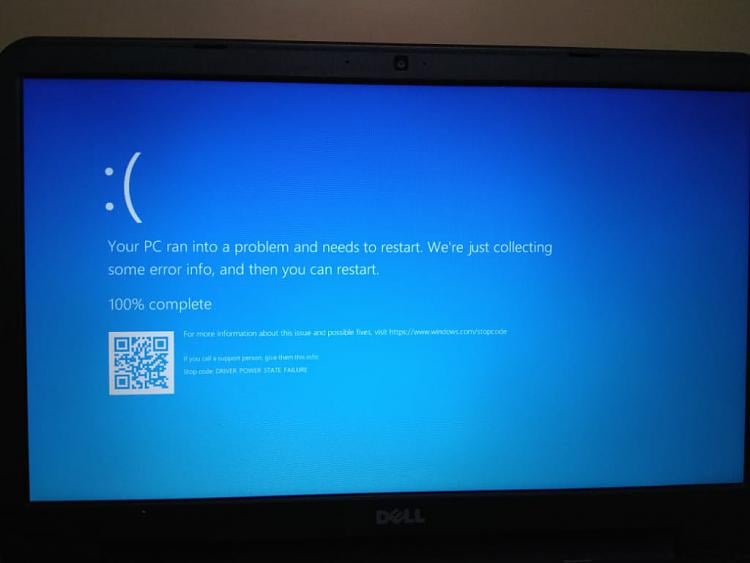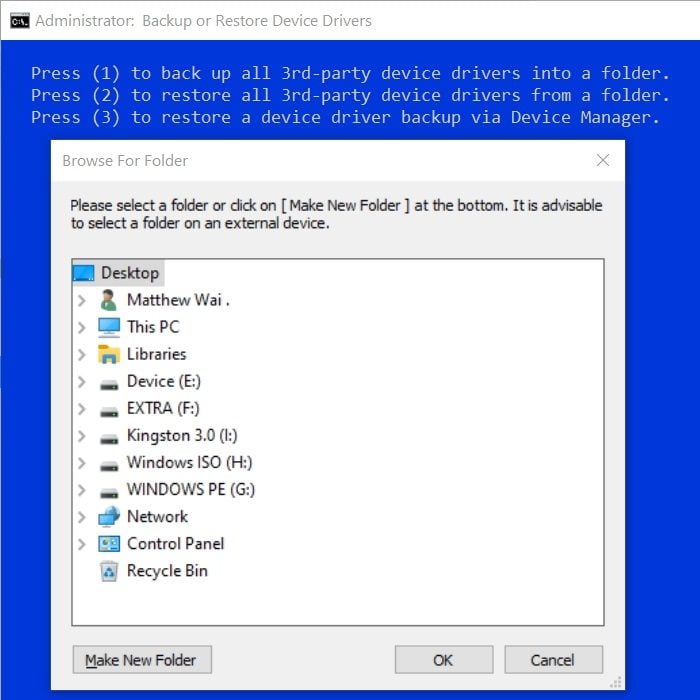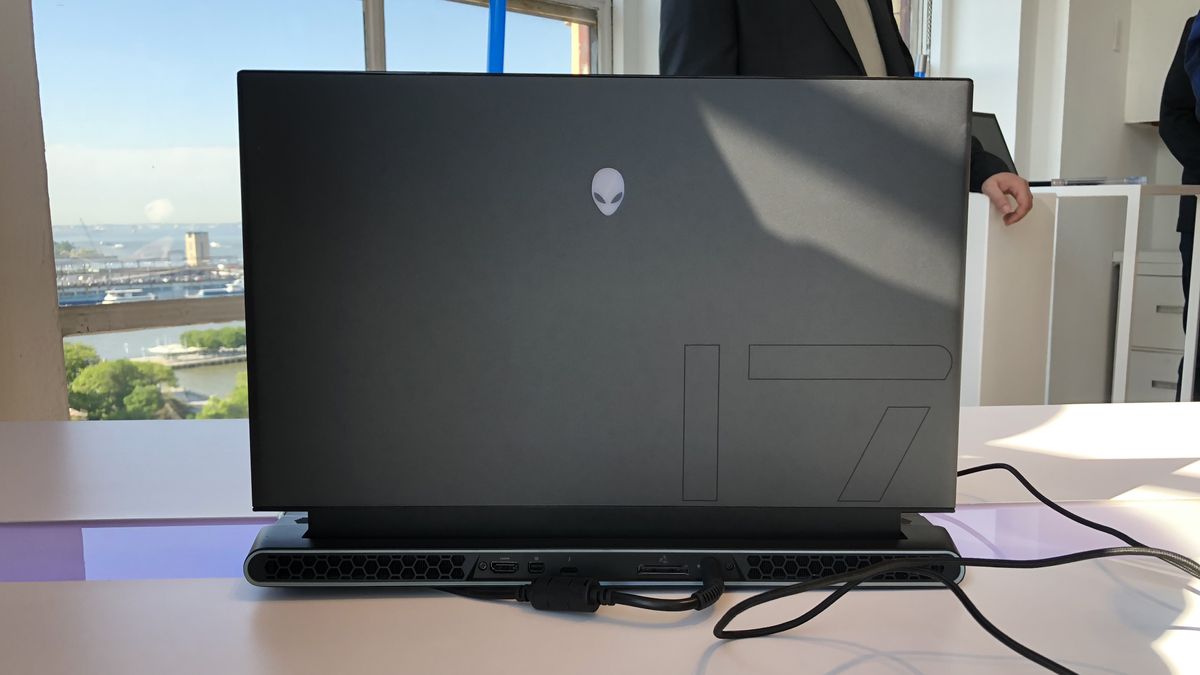Drivers Syntax Laptops & Desktops
- Drivers Syntax Laptops & Desktops Computers
- Drivers Syntax Laptops & Desktops
- Drivers Syntax Laptops & Desktops Best Buy
- Drivers Syntax Laptops & Desktops Refurbished
- Drivers Syntax Laptops & Desktops -


Download Acer support drivers by identifying your device first by entering your device serial number, SNID, or model number. Plumed driver -plumed plumed.dat -mfxtc 5-HT1B.xtc You can modify the Jupyter notebook used in Exercise 1: Computing and printing simple collective variables to visualize the trajectory of the two CVs calculated with the PLUMED input file above and written in the COLVAR file. If you executed this exercise correctly, these two trajectories.

Drivers Syntax Laptops & Desktops Computers
The Synaptics Gesture Suite device driver is now equipped with Scrybe Gesture Workflow Technology – the next generation in TouchPad-based PC interfaces. Scrybe Gesture Workflows can greatly enhance your productivity by expanding your Synaptics TouchPad’s capabilities. By combining Synaptics Gesture Suite’s scrolling, zooming and rotation gestures with Scrybe’s symbols, one can unleash the power of the TouchPad.
Important:
The Synaptics device driver is customized to meet the specific requirements of your device manufacturer. To ensure that you get the appropriate device driver for your system, download your Synaptics device driver from your system manufacturer's support website.
For more information on the advanced features enabled by the Synaptics Driver, view our Driver Product Brief.
Note: Installing a generic driver may result in the loss of OEM-customized Synaptics pointing device functionality. Setting a restore point (https://windows.microsoft.com/en-US/windows7/Create-a-restore-point ) before installing is a quick way to rollback to the previous driver.
Supported OS:
Windows XP 64-bit
Windows Vista 64-bit
Windows 7 64-bit
- March 1, 2011
- Windows XP/Vista/7
- 50.9 MB
- January 29, 2019
- Windows 10
- 149 MB
- August 15, 2016
- Windows 2000/XP
- 6.2 MB
- November 11, 2014
- Windows (all)
- 120 MB
- November 8, 2011
- Windows Vista / 7 64-bit
- 53.9 MB
- July 12, 2010
- Windows 7
- 37.0 MB
- May 31, 2010
- Windows XP/Vista/7
- 14.2 MB
- May 31, 2010
- Windows XP/Vista/7
- 13.6 MB
- January 6, 2009
- Windows 95
- 5.9 MB
- January 6, 2009
- Windows NT
- 5.8 MB
Drivers Syntax Laptops & Desktops
This page documents how to start using ChromeDriver for testing your website on desktop (Windows/Mac/Linux).
You can also read Getting Started with Android or Getting Started with ChromeOS
Setup

ChromeDriver is a separate executable that Selenium WebDriver uses to control Chrome. It is maintained by the Chromium team with help from WebDriver contributors. If you are unfamiliar with Selenium WebDriver, you should check out the Selenium site.
Follow these steps to setup your tests for running with ChromeDriver:
- Ensure Chromium/Google Chrome is installed in a recognized location
ChromeDriver expects you to have Chrome installed in the default location for your platform. You can also force ChromeDriver to use a custom location by setting a special capability.
- Download the ChromeDriver binary for your platform under the downloads section of this site
- Help WebDriver find the downloaded ChromeDriver executable
- include the ChromeDriver location in your PATH environment variable
- (Java only) specify its location via the webdriver.chrome.driver system property (see sample below)
- (Python only) include the path to ChromeDriver when instantiating webdriver.Chrome (see sample below)
Drivers Syntax Laptops & Desktops Best Buy
Sample test
Java:
Python:
Controlling ChromeDriver's lifetime
The ChromeDriver class starts the ChromeDriver server process at creation and terminates it when quit is called. This can waste a significant amount of time for large test suites where a ChromeDriver instance is created per test. There are two options to remedy this:
1. Use the ChromeDriverService. This is available for most languages and allows you to start/stop the ChromeDriver server yourself. See here for a Java example (with JUnit 4):
Drivers Syntax Laptops & Desktops Refurbished

Python:
2. Start the ChromeDriver server separately before running your tests, and connect to it using the Remote WebDriver.
Terminal:
Drivers Syntax Laptops & Desktops -
Java: